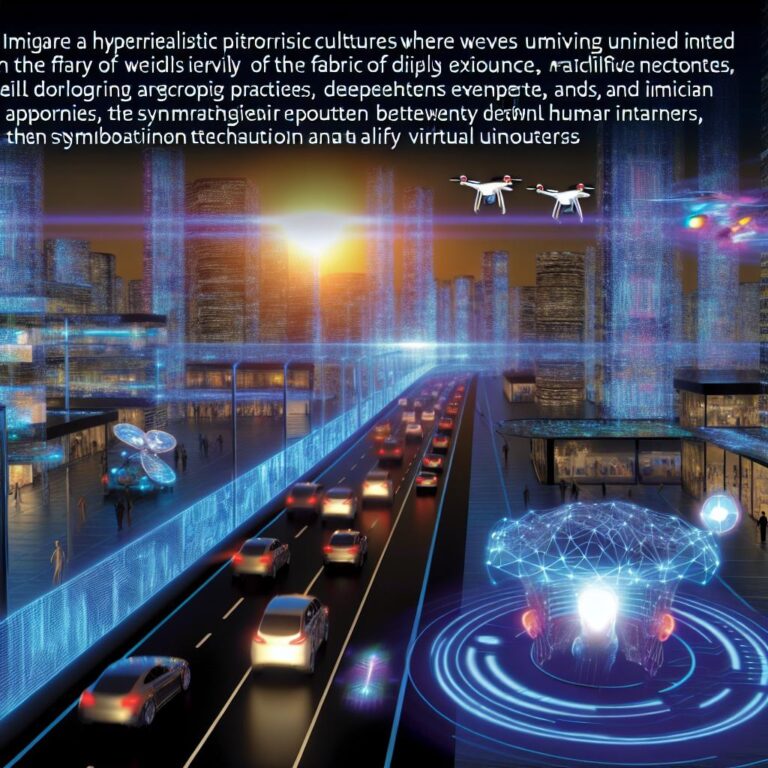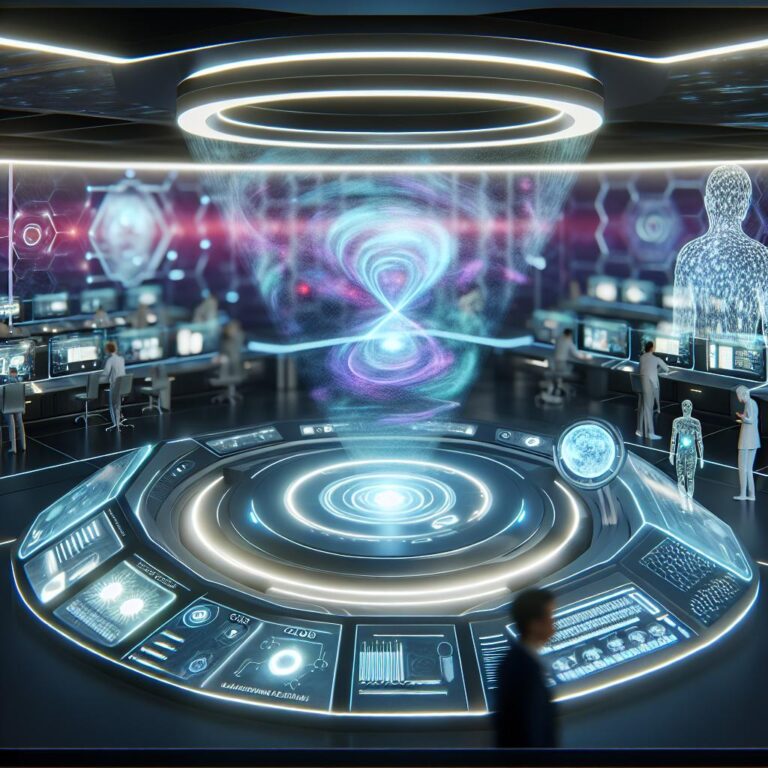China’s fastest train: What Makes It Stand Out?
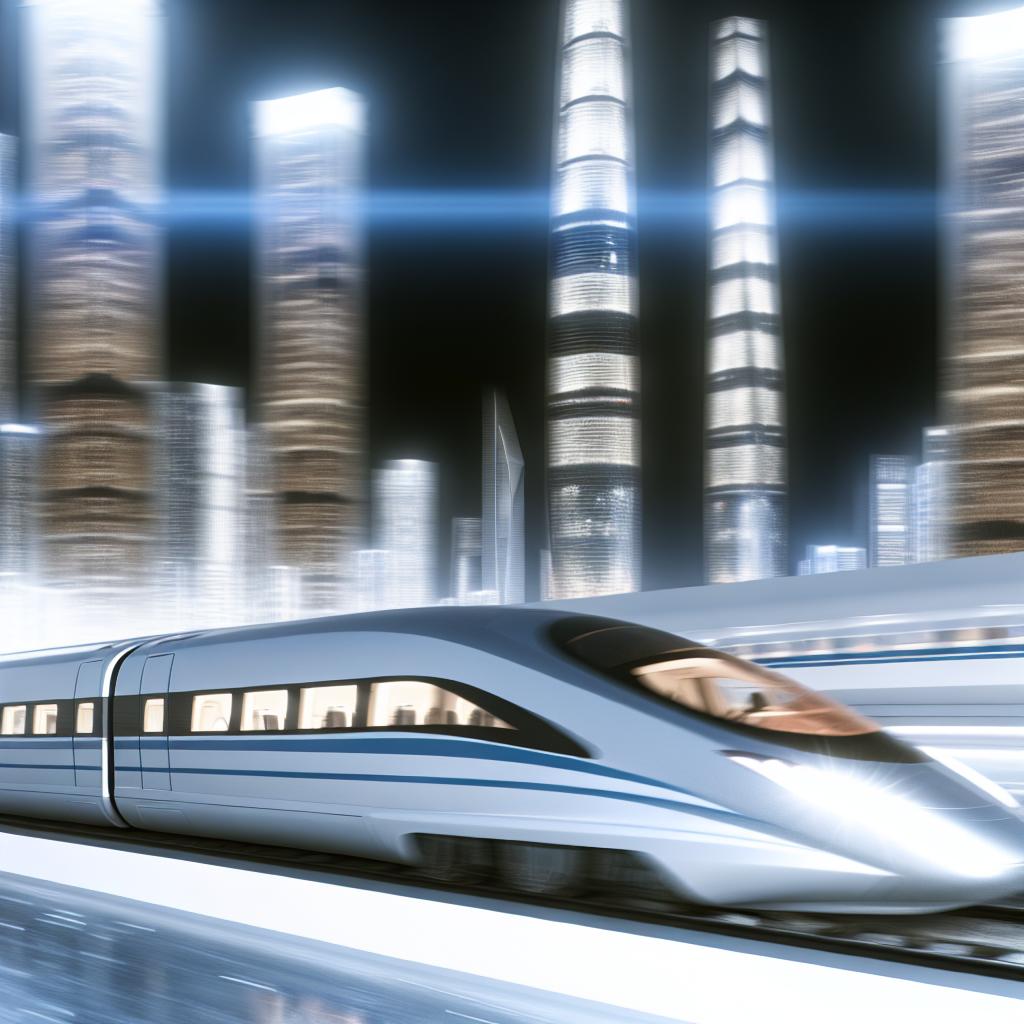
China's Fastest Train
- China's fastest train uses maglev technology, reaching speeds of up to 1,000 km/h by eliminating friction with magnetic levitation.
- It operates in a low-vacuum environment to reduce air resistance and enhance speed and safety.
- The passenger experience is improved with minimal noise and vibrations, and spacious, comfortable seating.
- China's high-speed rail network is the largest globally and sets international benchmarks for train speed and safety.
- Economically, the network boosts connectivity, business, job creation, and resource demand while environmentally reducing carbon emissions.
- Future plans include expanding maglev trains, reducing travel time between major cities, with significant government investment and infrastructure support targeting a 2030 rollout.
- The network aims to link every major city quickly and sustainably.
Curious about the marvel that is China's fastest train? Let me take you on a journey through its cutting-edge technology and the impressive maglev advancements that set it apart from the rest. In this post, you'll discover how these speedy trains redefine travel, enhance passenger comfort, and influence global rail standards. Ready to explore what makes this high-speed marvel a global standout? Let's dive in and uncover its defining features and future potential.
What Are the Defining Features of China's Fastest Train?
I’m thrilled to dive into the world of China’s fastest train. A marvel of engineering, it stands as one of the most advanced in the world. But what makes this train so remarkable? Let’s explore the feature that sets it apart.
Maglev Technology Enhances Train Speed
The heart of China's fastest train is maglev technology. So, what exactly is this? Precision answer: Maglev, or magnetic levitation, allows the train to float above the tracks. Strong electromagnets lift the train, creating a cushion of air that eliminates friction. This lack of friction is crucial. Friction is why wheels slow down on regular trains. Without it, trains can reach incredible speeds.
Now, what does this mean in practice? It means China's maglev train can zip along at speeds of up to 1,000 kilometers per hour. It’s hard to even grasp! This speed is not just about getting from one place to another faster. It’s about redefining movement across vast spaces. Take the Beijing to Shanghai trip, for instance. This train could reduce the journey to just 90 minutes. It’s a game-changer.
Key Technological Advancements in High-Speed Trains
Beyond maglev, China’s trains feature other cutting-edge tech. These advancements ensure safety and comfort at high speeds. For starters, the train operates in a low-vacuum environment. You might wonder, "What’s the point of a vacuum?" The answer: It minimizes air resistance, making the ride smoother and faster.
China's maglev system includes a superconducting maglev vehicle. This vehicle, tested in Shanxi Province, overcame speed limits of past trains. It did so while inside a 2-kilometer long test track. Here’s what happened. Engineers focused on maintaining stable suspension. They also worked to create and preserve a vacuum environment. Achieving these conditions was pivotal for safety and speed.
The operational performance closely matched theoretical predictions too. This means the coordination of various systems succeeded. It aligns with the vision of combining aerospace technology with rail travel.
Bullet Train Features and Passenger Experience
Finally, let's discuss the passenger experience. One critical question is: How do bullet train features improve the ride? Precision answer: Comfort through reduced noise and minimal vibrations. Maglev trains glide silently, unlike the hum of regular trains. It offers a far more serene and pleasant journey.
Passengers experience a smooth ride from start to finish. There’s no annoying clattering. No feeling of discomfort from shaky seats. Instead, you get a gentle journey that feels almost like floating.
China’s trains are also equipped with spacious seating and clean facilities. These features make long journeys less tiring. But it's not just about comfort. The speed and efficiency of travel open up new opportunities. People can live in one city and work in another. It bridges gaps and connects communities.
The first commercial high-speed maglev train launched in Shanghai in 2004. This breakthrough inspired similar trains in places like Japan and South Korea. Such trains are even under consideration in the United States.
What’s next for this tech? As development continues, China’s train systems could become even more integrated. This progress promises exciting shifts in mobility and lifestyle.
To learn more about these incredible strides, check out more details on the advancement of high-speed trains.
How Does China's High-Speed Rail Network Compare Globally?
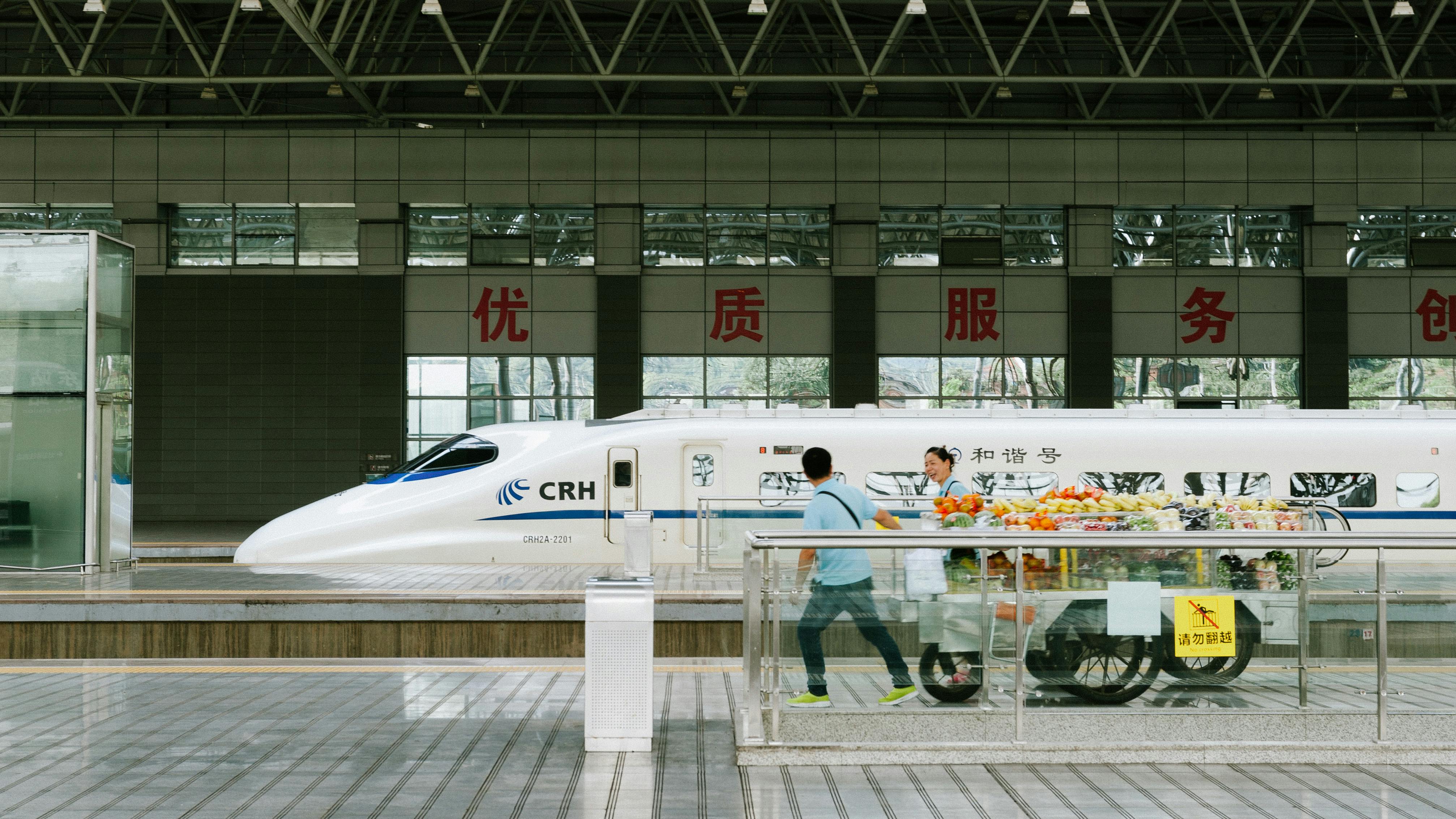
China's high-speed rail network is known for both speed and size. When asked, "What are China's standings in global train speed rankings?" I confidently answer: China stands at the very top. China breathes speed into its railways with its maglev trains, reaching up to 600 kilometers per hour. Other countries, like Japan and France, also have fast trains, but none match China's record.
I often get questioned about how China produces these speed marvels: "How does the production process of high-speed trains in China compare to other countries?" China's train production is a well-oiled machine. They build more high-speed trains than anyone else, using local parts and labor. This focus on local resources keeps costs low and trains affordable. Other nations often rely on imports, which can be more expensive.
China doesn’t only excel in creating fast trains. The country has mastered maglev technology. This technology uses magnets to lift trains, reducing friction and allowing them to glide at breathtaking speeds. While traditional trains roll on tracks, maglev trains almost fly above them. This clear edge in technology makes China's rail system a global crown jewel. Here’s more about the latest updates from China’s rail network.
As leaders in rail production, China shapes global rail standards. "How does China's high-speed rail impact global rail standards?" you might ask. With China setting the pace, other countries follow or adapt. Chinese engineering ensures efficiency and sets safety as a top priority. Countries developing similar rail systems often use China's design and safety standards.
I am often amazed by the innovative steps China takes. In Shanxi Province, tests show maglev trains could reach speeds up to 1,000 kilometers per hour. These tests are key in moving rail technology forward and set new goals for global rail systems. Maglev technology also allows for quieter rides than usual trains.
In 2004, Shanghai introduced its first maglev train to the world. Japan and South Korea have similar systems. These countries look to China's success and recognize the potential of maglev technology. In the U.S., there's growing interest, showing how China's advances inspire international ambition.
China plans long maglev routes for even faster travel between major cities. This means shorter travel times and more convenience for passengers. Imagine reaching Shanghai from Beijing in about one and a half hours! These plans aim to change travel and make it simpler for everyone.
China’s gains in rail technology push the limits of fast travel. They’ve managed to blend aerospace tech into rail advancements. This integration means trains are faster and more reliable. China's high-speed rail network not only surpasses others in speed but also stands as a benchmark for global travel standards. These achievements might lead the way for future rail systems around the world.
What Are the Economic and Environmental Impacts of China's Fast Trains?
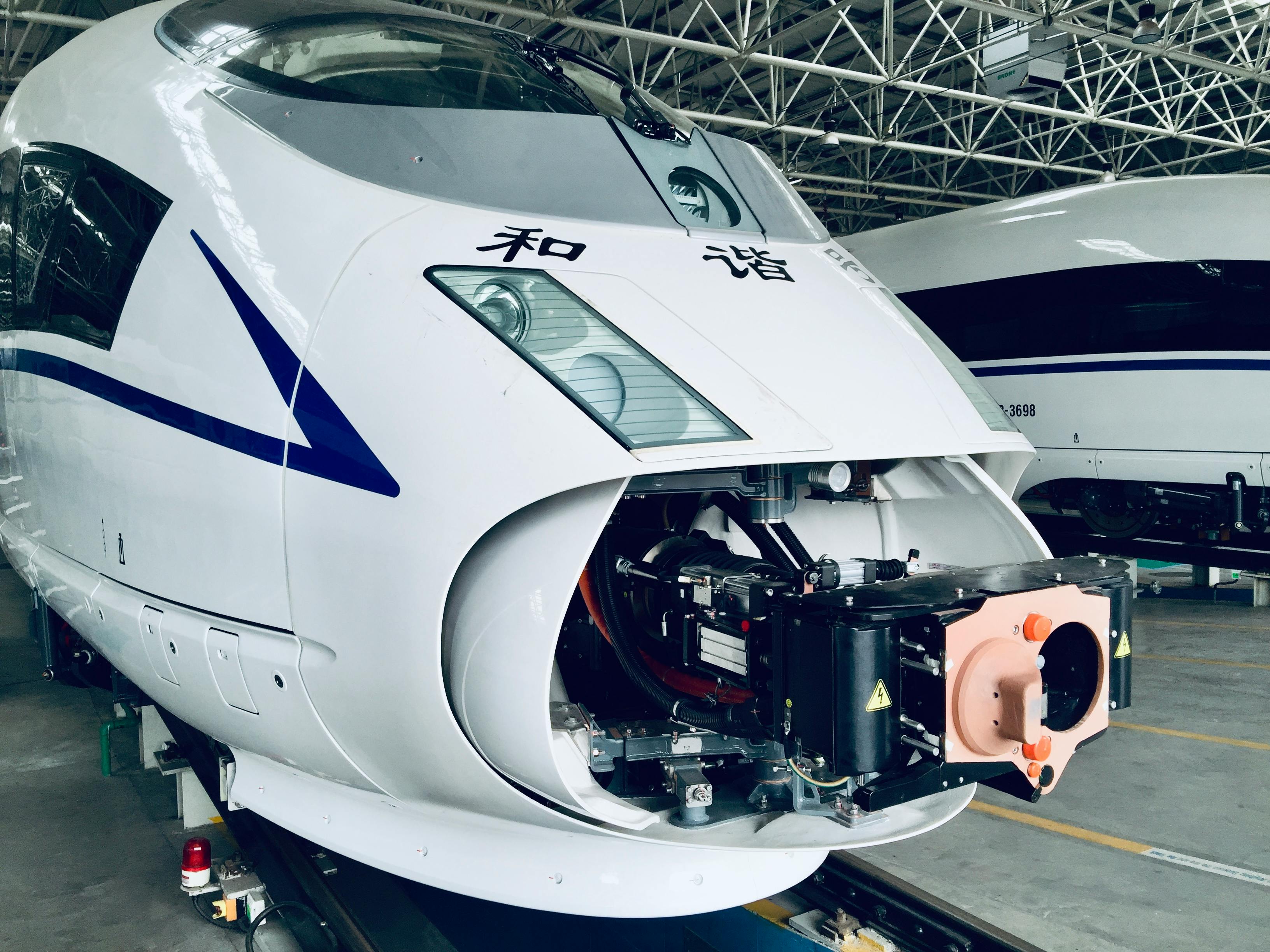
China's high-speed trains are a marvel, with speeds that lead in the world. They don't just impress with speed; they change the economy and help the environment. Now, how exactly do these trains boost China's economy? The answer is clear: high-speed trains connect cities and regions faster, encouraging business and trade. Imagine going from Beijing to Shanghai in just an hour and a half. By doing so, companies can save time and cut costs, which is good for economic growth. Faster travel also means more workers can live further away, where homes might be cheaper, and still reach work on time.
But there's more. When we talk about the economic impact of high-speed rail, it's also about jobs. Building and running these trains creates many jobs, from engineers to train conductors. These projects need lots of steel, concrete, and other materials, helping factories make more and grow. When workers have jobs, they spend money in local stores, which boosts the local economy too.
Next, let's think about the environment. High-speed trains offer several benefits for the planet. The most important benefit is that they emit less carbon compared to cars and planes. Electric trains, like those in China, run on clean energy more often, which means less air pollution. This is very important in a time when the world battles climate change.
So, how do these trains help the environment? They can carry many people at once, reducing the number of cars on the roads. Fewer cars mean less traffic congestion and pollution in China’s bustling cities. Besides, the use of maglev technology in some trains, like the ones recently tested in Shanxi Province, further cuts back on emissions because they glide in a low-vacuum tunnel with no friction.
And what about China's transportation infrastructure? To support such rapid rail expansion, China builds new rail lines with impressive speed. For example, since 2008, China has built up the largest high-speed rail network. The infrastructure is key to handle future demands. Special attention is given to areas like Datong City, where construction of an ultra-high-speed maglev system has started. This helps blend modern transport with traditional rail systems, making each ride smooth and efficient.
Ultimately, the development of high-speed rail brings strong economic growth, helps the environment, and requires a robust infrastructure. But it's a continuous journey. With the promise of trains going even faster and becoming even more efficient, these impacts could grow even stronger. Investing in such a system might seem huge, but the rewards, both economically and environmentally, can be even greater.
What Are Future Plans for High-Speed Train Development in China?

When thinking about the future of high-speed trains in China, it's both exciting and challenging. The future of high-speed trains involves a mix of advancements and practical plans. Right now, the big star of China's future train plans is the maglev technology. This tech allows trains to float without touching the ground. Why is this important? Here is a quick answer: By eliminating contact with the track, maglev trains can move faster, quieter, and with less wear and tear.
Recent tests have shown maglev trains can reach up to 1,000 kilometers per hour! This achievement occurred in a demonstration in Shanxi Province, where the maglev vehicle zoomed through a special pipeline. The key thing here is it was a low-vacuum pipeline. This setting removes air resistance, a major obstacle for fast travel.
So, what kind of magic makes maglev work? It uses powerful magnets to lift and move the train above the track. This means there's no friction from wheels, reducing noise and making the ride smoother. The maglev technology also ensures safe stops, a crucial part of making these ultra-high-speed trains practical.
China kicked off the construction of maglev systems as part of their wider rail development projects. Yanggao County in Datong City started integrating this technology with current train infrastructures in April 2022. This fusion aims to bring aerospace-level tech to train transport. It's part of China’s broad vision for their train systems, which includes using sustainable and cutting-edge technology.
The question of "What innovations are being planned in future high-speed rail projects?" can be quite straightforward. The key innovation is the push for maglev trains and creating the infrastructure to support them. Plans also involve developing tracks that can handle these speeds and ensuring that safety regulations evolve alongside these advancements.
Government actions play a huge role in shaping these plans. Their policies directly affect how rail projects are structured and funded. The Chinese government helps make giant strides with rail network expansions. They understand the economic and strategic benefits of having a superior rail system. Policies encourage high-speed rail as it links cities faster, driving growth and making travel more efficient.
So, how does "government rail policies impact future infrastructure developments?" The answer is by setting what gets priority and where investments focus. Policies can either slow down or speed up how projects materialize.
The timeline for new projects is equally as interesting. Look toward the next decade for widespread implementation of these systems. But exact times can depend on budgets, tech advancements, and international collaborations. A big question is, "What is the projected timeline for upcoming rail development projects?" Essentially, it hinges on several components: tech readiness, funding, and policy support. We can expect to see more maglev trains by 2030, making trips between major cities faster than ever before.
China's high-speed ambitions don’t stop with maglev tech alone, though. They're also checking into making rail development sustainable. They focus on reducing carbon footprints and using renewable energy sources. This move helps China lead in rail innovation and environmental responsibility. Projects under China's train construction plans aim to set benchmarks for the rest of the world to follow.
The goal is bold: link every major city by rail within hours. Urban planners and train engineers work together on this aim. The payoff isn’t just quicker travel, but also healthier economies in cities connected by these lines. With China leading the charge, the future of trains looks nothing short of astonishing.
Conclusion
China's high-speed trains use maglev to boost speed and comfort. Bullet trains make passenger experiences better with modern features. On a global scale, China's trains set high standards and impact global rail rankings positively. They support the economy and help the environment with efficient transport. China plans to innovate further in high-speed rail, with strong government policies guiding this progress. The future for China's rail network looks promising, with plans for new projects already underway. As we watch, China's trains will continue to change rail transport worldwide.

